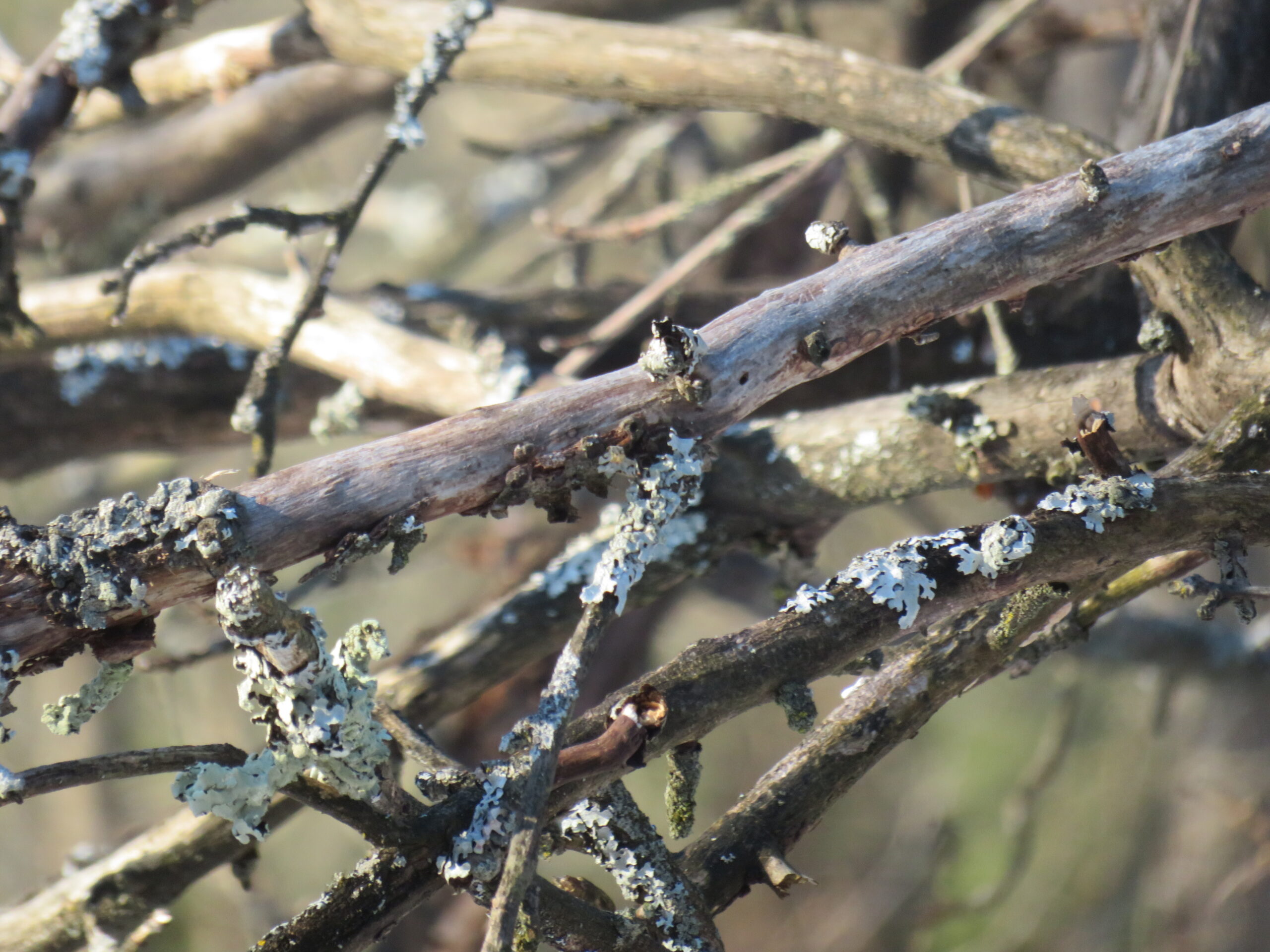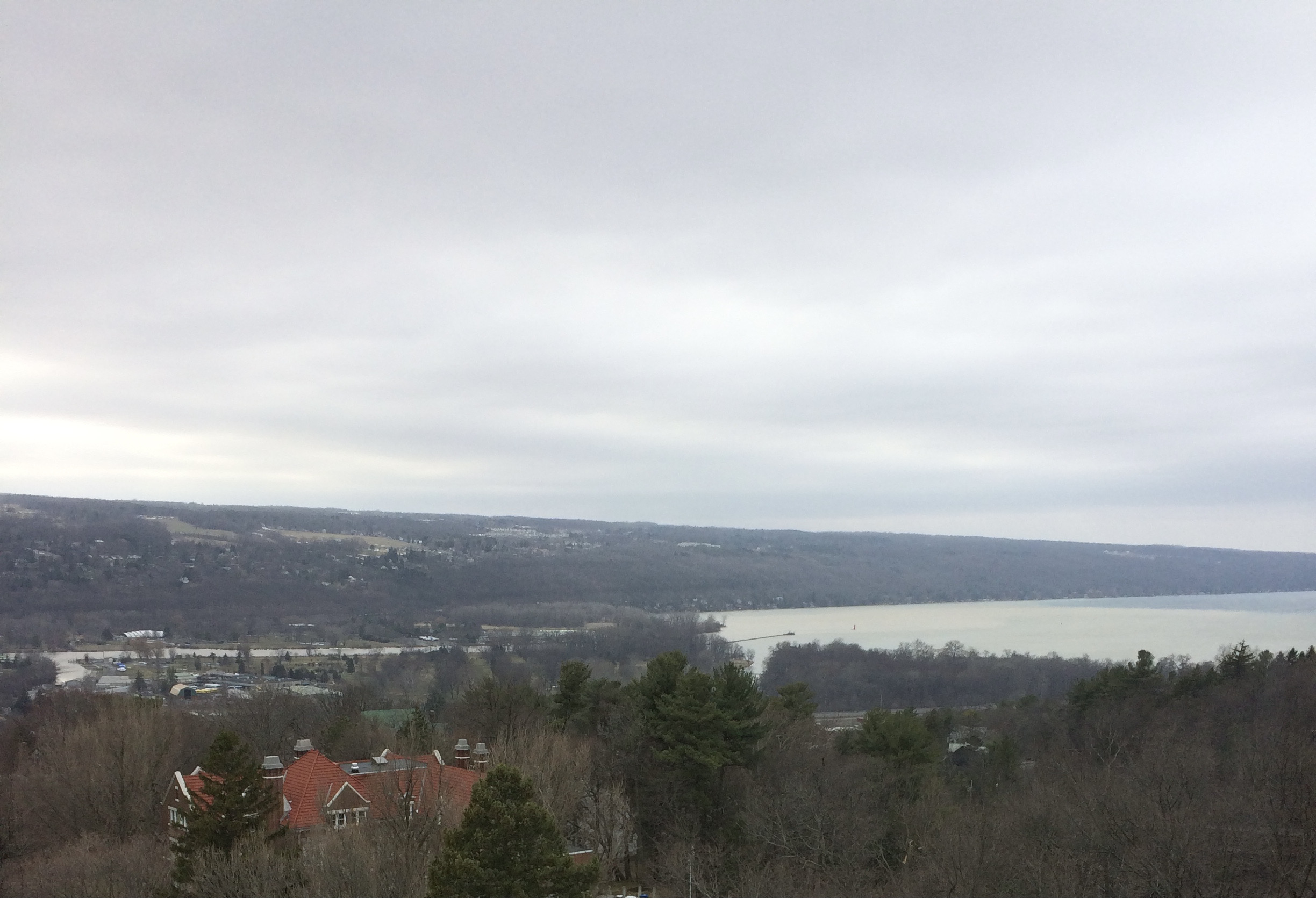How many times have we changed our viewpoint or come to like what before we disliked? We all have done this, but for many of us, it’s not easy. A feeling of like or dislike can seem so set and permanent. More part of a thing perceived and not an artifact of our own mind.
Yesterday, my wife and I needed to put the news aside for a moment and decided to look at woodblock prints by a contemporary Japanese artist named Shufu Miyamoto. We both found many of his prints distinctly beautiful, but one stood out in a peculiar way. It was called A Spring Dance. I noticed it before she did and liked it⎼ then I didn’t. Something seemed off to me.
It depicted a field being planted, with yellow flowers both in the foreground and towards the back, with a forested mountain behind the field and a pink-orange sky. And in the very middle, a magnificent tree, maybe a cherry tree, covered in white blossoms, with many of the blossoms blown about in an invisible wind. These features were what attracted me to the artwork.
But the field under the tree was plowed into rows only faintly outlined, in a dull brown or grey, and the farmer or gardener planting the field was so indistinct as to barely make his, her, or their presence known. They almost faded into the field. I thought it a mistake by the artist.
Then my wife joined me and immediately said she loved the piece. Loved not only the tree, which stood out for her, but the contrast between the bright flowers and the soil. And she admired the way the gardener faded into the field.
So, I looked again. I realized I generally like the quality of openness in a work of art. I like being taken inside the scene. With this work, the haziness of the field, the indistinctness, mystery, or moodiness at first made it hard to grasp what I was seeing. Or it asked something of me that I wasn’t yet ready to give.
What is indistinguishable can gnaw at us. Like a question. Questions can be hypnotic. Some questions can be so big we wrap our lives around them. “What drives my life? How can I feel the depths and joys of life more consistently? How can I stay informed yet clear-headed and sane? Can we create a less violent and more caring, just society? How do we face death?”
I remember taking a course in Ericksonian hypnosis and the teacher asked a question, then let us sit there and realize how captivated we were by what he had said. When I was teaching, I suggested to students that if they started an essay or a story with a good question, the reader would be hooked and continue reading until an answer was uncovered. Or if I started a class session with an engaging and open-ended question, the session itself would become an adventure, a communal treasure hunt for an answer….
*To read the whole article, please go to The Good Men Project.


